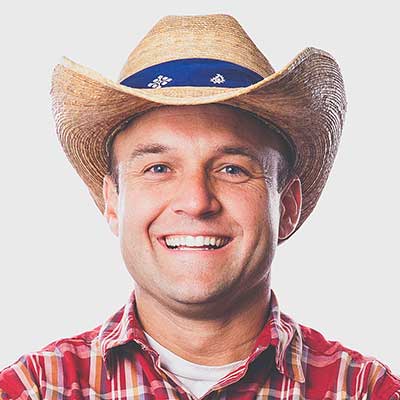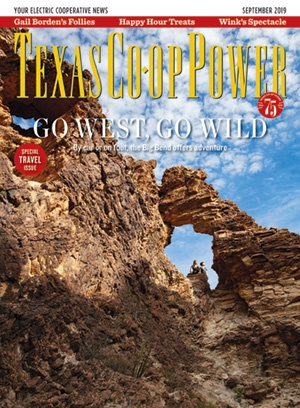What do Willie Nelson, Janis Joplin, George Strait and Roy Orbison have in common? Besides being some of America’s iconic musicians, all were born in small towns in Texas. From Joplin’s Port Arthur to Strait’s Poteet, Texans love their homegrown troubadours. I recently made the long drive to Wink to pay homage to Orbison, one of my favorite crooners.
Sandwiched between Kermit and Pyote, Wink is a town with a population under 1,000 and not a stoplight to its name. As they say, “If you Wink, you’ll miss it.” It’s internationally known for nearby sinkholes, named “Wink Sinks,” but its true claim to fame is that it was the childhood home of the Oh, Pretty Woman singer himself, Roy Kelton Orbison.
I Drove All Night to get to Wink (not really, but what a great song) and arrived to find a small building with a mural of Orbison and branded “MUSEUM.” It was closed, but posted on the door was a number for a volunteer who was gracious enough to open the museum for me. Note to Orbison fans: If you plan to visit, call first and arrange a time.
My Orbison education began. It turns out the man in the mysterious glasses wasn’t born in Wink but 350 miles away, in Vernon, in 1936. When Orbison was 6, his father gave him a guitar and changed his life. In 1946, the family moved to Wink, and by 1949, Orbison had formed the Wink Westerners, playing honky-tonks and getting local radio airtime. Orbison’s 1954 Wink High School yearbook stated, “To lead a Western band is his after school wish.”
Every inch of the museum, maybe 20 feet wide and 15 feet deep, was full of memorabilia. There were 45s, including Only the Lonely, Love Hurts and Crying. There was a guitar played by Orbison but owned by a neighbor, who received it one Christmas morning and immediately took it to Orbison for tuning. Newspaper clippings sang of his worldwide success; one quoted Elvis Presley calling Orbison “quite possibly the greatest singer in the world.”
I was impressed with it all. However, I had yet to see the pièce de résistance. As I stared at items in one of the cases, the volunteer asked if I’d like to see the glasses. I assumed she was talking about the dark-rimmed, purple-hued glasses in the case. I said “sure,” and she explained that these were Orbison’s last pair of prescription sunglasses worn at his last concert, in 1988. “Folks love trying them on,” she said. My jaw dropped.
I slowly slid them on my nose and immediately thought, “I can’t see anything.” Contrary to popular opinion, Orbison wasn’t blind, but he did have poor eyesight and needed the Coke-bottle glasses. The dark glasses became his signature look when he was on tour with the Beatles in 1963 and forgot his regular glasses on a plane. He wore his sunglasses onstage and never looked back. Donning his glasses was like trying on one of Elvis’ jumpsuits or one of Dolly Parton’s wigs.
The glasses could easily be in the Rock & Roll Hall of Fame but are here for folks to try on in Wink. How crazy is that? I nervously handed them back and let out a sigh of relief knowing I wouldn’t be responsible for dropping a priceless artifact.
I had walked into the museum a true Roy Orbison fan and left even more so. His unique voice was unmatched. My experience proves what all Texans know—that big things can come from small towns. It also proves that when traveling the back roads of Texas, one can never be sure what one might find. Sometimes reality is even better than what you discover In Dreams.


